Amidst the array of captivating destinations in East Asia, South Korea stands out as a gem waiting to be explored. But you might be wondering, “Why South Korea?” Well, let me start by unraveling the reasons for you through a list of fascinating facts about South Korea!
Whether you’re a history enthusiast, a devoted foodie, or simply in search of spiritual solace, South Korea promises a tapestry of surprises that consistently defy expectations. It helps to note that this country’s allure transcends the bustling streets of Seoul and the global phenomenon of K-Pop—because, beyond these well-known facets, you’ll discover a world of mouthwatering culinary delights, deeply rooted traditions, and enchanting hidden gems.
In this article, I’ll share 7 intriguing facts about South Korea that will undoubtedly pique your curiosity. One essential piece of information to remember: if South Korea is on your travel wish list, obtaining a South Korea travel authorization is quite easy. All you need are your passport, email address, and a debit or credit card. Be sure to complete your application before embarking on your journey!
» Quick Travel Planning
» Most Surprising Place: The Magical Enclave of Jeju Island
Nestled in a world of its own, far removed from the mainland, Jeju Island emerges as a sanctuary of serenity and natural wonder. Recognized as a UNESCO World Natural Heritage site, its picturesque landscape is a patchwork of volcanic craters, intricate lava tubes, and vibrant tangerine groves.
One of the island’s marvels is the Manjanggul Cave, aptly named the “cave of endless light” due to its tube-like structure. Here, you can almost hear the whispers of the Earth, as it unfolds a tale of fiery eruptions etched into the very ground beneath your feet.
Exploring Jeju Island offers a treasure trove of experiences. Hike to the summit of Mount Hallsasan, a grandeur of nature that presides over the island. Immerse yourself in the rich tapestry of traditional villages, where the heritage of the island comes to life. And, of course, savor the bounty of local, freshly caught seafood, a culinary adventure that completes your
» Most Surprising Food: Gwangjang Market’s Bindaetteok
South Korea is a treasure trove of delightful flavors, featuring a diverse array of sweet, sour, and salty dishes. Amid this culinary tapestry, let’s turn our attention to one standout delight found in Gwangjang Market: Bindaetteok.
What sets them apart?
These mung bean pancakes are a culinary gem. They boast a tantalizing contrast — a crispy exterior that gives way to a soft, savory core filled with sprouts and succulent pork. Served piping hot right off the griddle, each bite is a flavorful burst that beautifully captures the essence of South Korean street food.
» Most Surprising Tradition: The One-of-a-kind ‘Doljanchi’ Ceremony
One of the amazing facts about South Korea is the ‘Doljanchi‘ tradition. It basically marks a child’s first birthday and it offers a profound glimpse into Korea’s deep appreciation for the gift of life. During this special occasion, the baby is adorned in a hanbok, a vibrant and ornate traditional dress, adding to the grandeur of the celebration.
One significant aspect of this tradition is the practice of giving gifts in the form of gold or silver. These precious metals are considered symbols of luck and prosperity, and their presentation reflects the family’s desire for the child’s bright future.
However, the heart of the ‘Doljanchi’ lies in a charming and symbolic game. The child is presented with an array of objects, including items like pencils and books. It’s believed that the item the child reaches for first can foretell their future path. For example, grasping a brush suggests a scholarly journey ahead, while choosing money signifies the potential for wealth.
Beyond its symbolic nature, this game serves another vital purpose – it unites the entire family in celebrating the child’s remarkable journey through their first year of life, creating precious memories and cherished traditions that endure throughout generations.
» Most Surprising Temple: Busan’s Haedong Yonggungsa
Nestled gracefully along the coastline, Haedong Yonggungsa Temple is a captivating architectural gem that offers solace and serenity, all set against the backdrop of the rhythmic, crashing waves.
In contrast to many temples concealed amidst the mountains, Haedong Yonggungsa Temple boasts a unique location that gifts visitors with an unobstructed and breathtaking view of the boundless horizon. This alone renders it an essential destination for those seeking tranquility and natural beauty.
Established in 1376 by the revered Buddhist teacher Naong during the Goryo Dynasty, the temple’s history has seen its share of challenges. It was tragically ravaged during the Japanese invasions in the 16th century, leaving it in ruins for several centuries. However, the temple was lovingly and painstakingly reconstructed in 1930, breathing new life into its ancient and sacred halls.
Yet, what truly sets Haedong Yonggungsa Temple apart is its exceptional location. As one of the very few temples gracing the coastal line, it exudes an aura of mystical charm and offers an awe-inspiring view. Perched on a cliff, some believe that the temple was strategically positioned to ward off evil spirits from the sea.
» Most Surprising Drink: The Unforgettable Taste of Makgeolli
Makgeolli, a milky and subtly effervescent rice wine, is steeped in the rich history of Korea. Served chilled in the traditional bowl, it conjures up nostalgic memories of ancient dynasties and offers a creamy, tangy, and delicately sweet experience that pairs exquisitely with Korean pancakes or spicy culinary delights.
Crafting Makgeolli is a time-honored process. It involves the meticulous mixing of rice, water, and nuruk (traditional Korean fermentation starter) in a clay pot, followed by allowing it to ferment over the course of several days. During this fermentative journey, the nuruk plays a pivotal role by breaking down the intricate carbohydrates in the rice, transforming them into simple sugars. These sugars are then gracefully converted into alcohol by the action of yeast.
Just before savoring the exquisite brew, it’s essential to give the bottle a gentle shake. This disperses the sediment that gently settles at the bottom and ensures that you relish every drop, savoring its rich and harmonious flavors in every sip. Whether you’re a seasoned enthusiast or a curious newcomer, Makgeolli promises an enchanting journey into the heart of Korean culinary history.
» Most Surprising Sweet: ‘Yakgwa’ Cookies
Korea’s traditional honey cookie, known as ‘yakgwa‘, is a delectable fusion of honey, sesame oil, and wheat flour. These soft, subtly infused treats carry a gentle hint of ginger in every bite, transporting your taste buds on a journey to the royal courts where they were originally savored during special occasions.
Typically, Yakgwa is meticulously shaped into intricate floral or ring patterns and then lovingly deep-fried to perfection. Afterward, they are thoughtfully coated in a sweet, aromatic syrup that adds an extra layer of decadence to these time-honored confections. These golden delights are more than just a sweet treat; they’re a cherished piece of Korean culinary heritage that captures the essence of tradition in every bite.
» Most Surprising Cultural Aspect: The Jeong Culture
The country’s cultural essence is beautifully encapsulated in the untranslatable term “jeong” and it is one of the most wonderful facts about South Korea!
It reverberates as a profound emotional connection that intertwines people, places, and objects. This interconnectedness is the very heart and soul of Korean culture, infusing interactions with a depth of sincerity and affection that resonates genuinely.
The concept of “Jeong Culture” revolves around the sense of connection between individuals. It stands as a cornerstone of Korean culture and society, underscoring values like loyalty, trust, and respect within relationships. One notable facet of Jeong culture is the division into “in-group” and “out-group,” where those with strong connections are part of the same in-group and are expected to prioritize these relationships over those with out-group members.
This cultural aspect is also evident through the principle of reciprocity. Individuals within an “in-group” often engage in mutual support and assistance, reflecting the reciprocal nature of these cherished relationships. Jeong culture not only shapes Korean society but also serves as a testament to the deep bonds that make interactions in Korea profoundly heartfelt.
• • •
Overall
There are many more wonderful facts about South Korea that make it an excellent place to visit. You will observe a sharp contrast between traditional and modern culture, a blend of modern and old buildings. Its natural beauty is absolutely worth exploring.
Be sure to research where to stay, and check flights ahead of your journey!

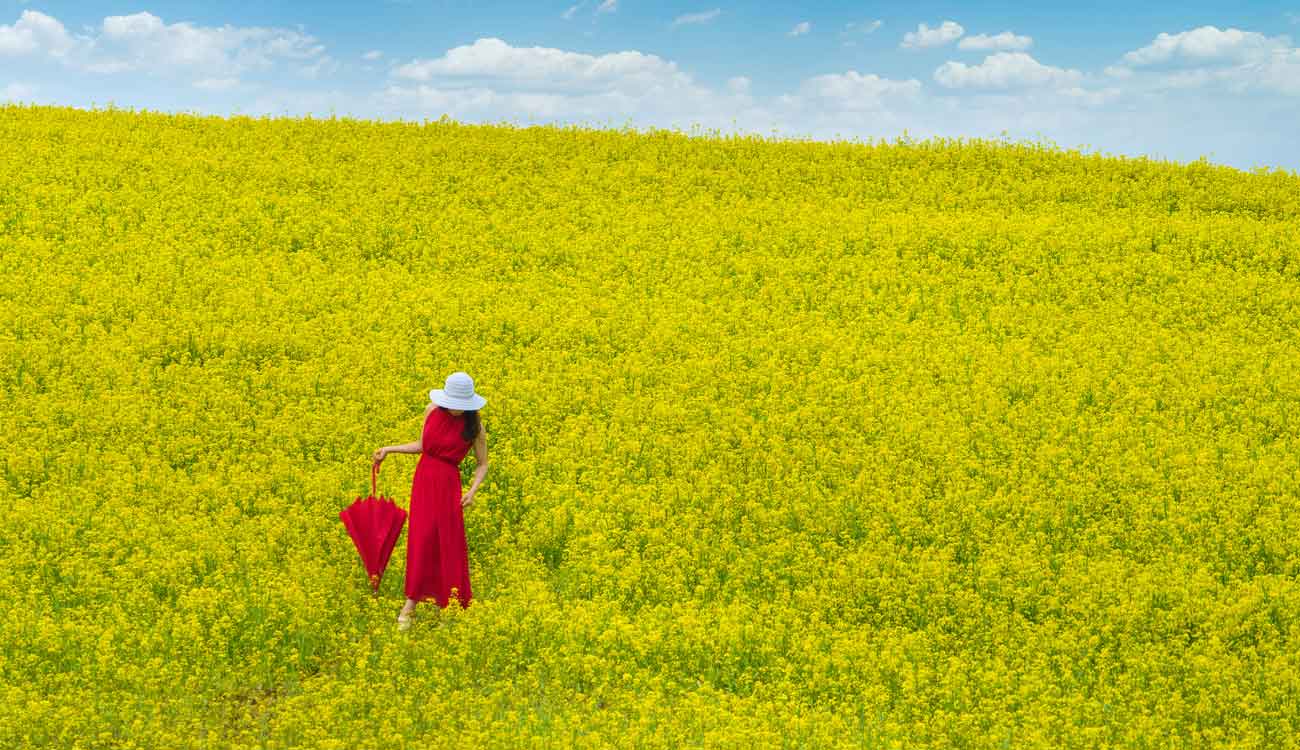
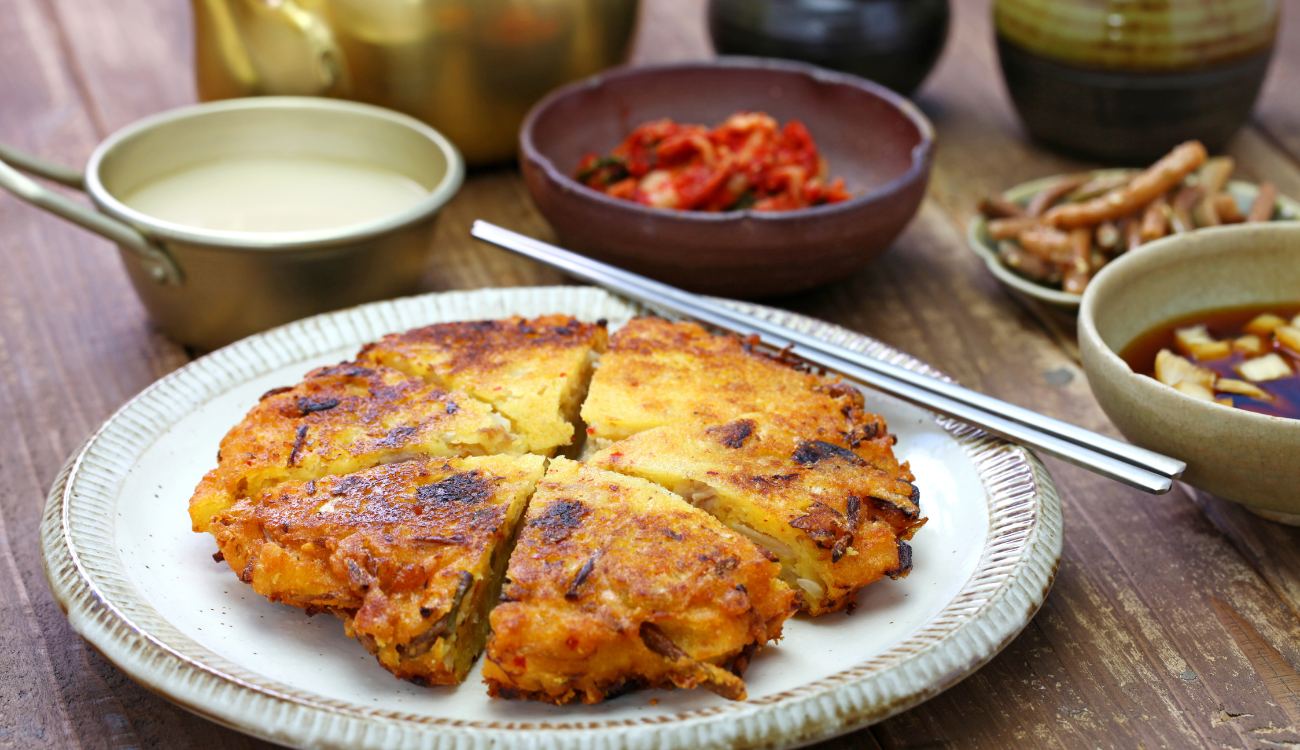
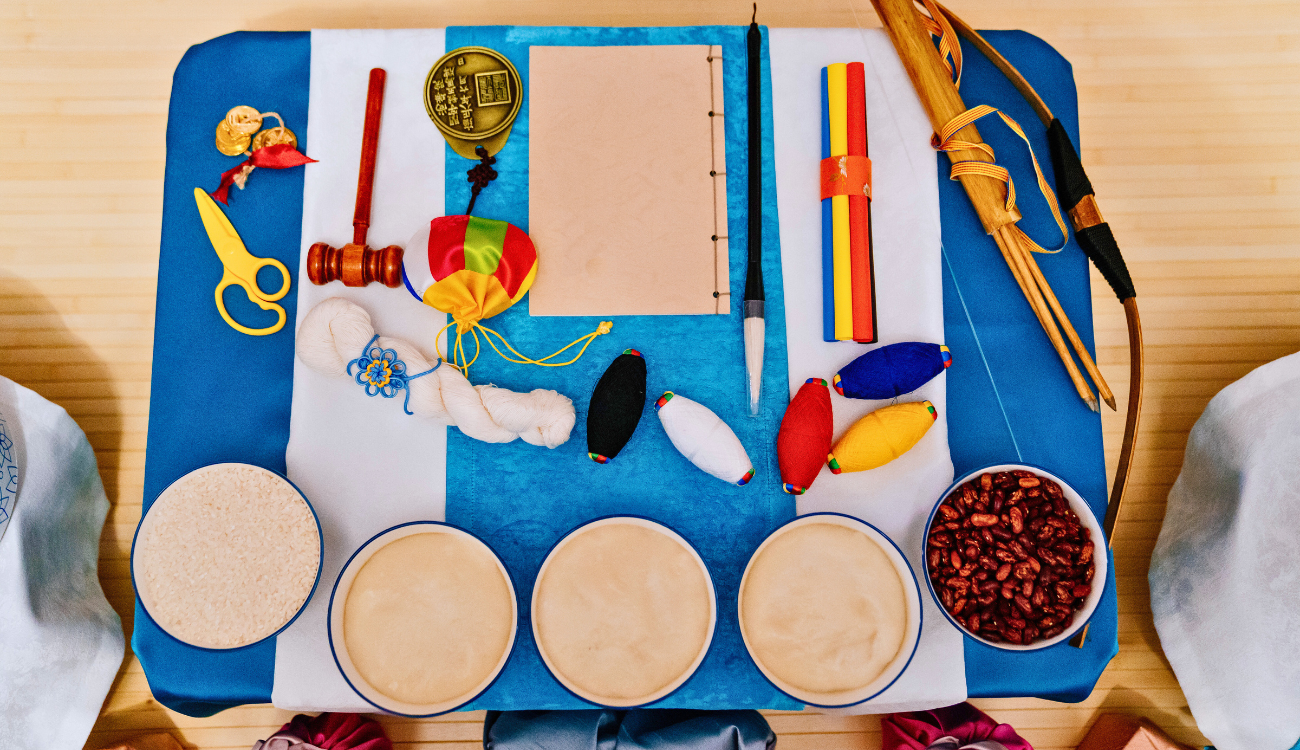
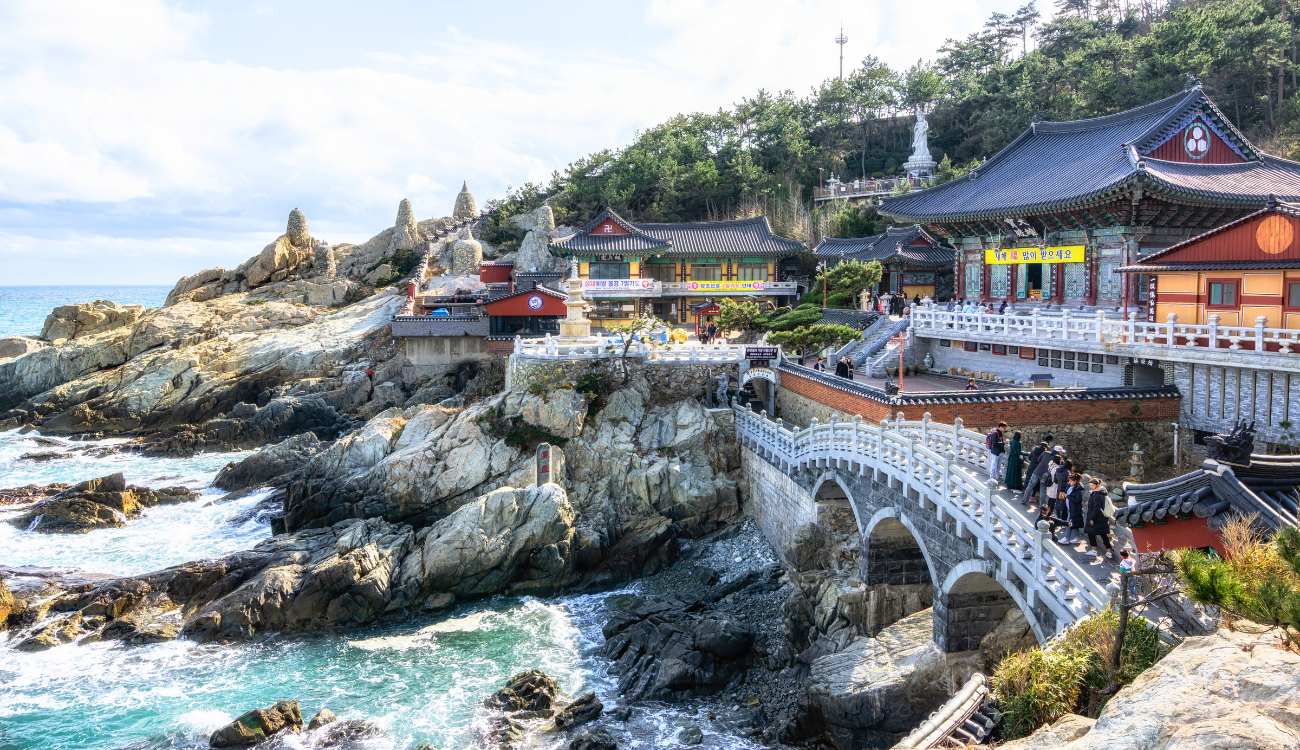
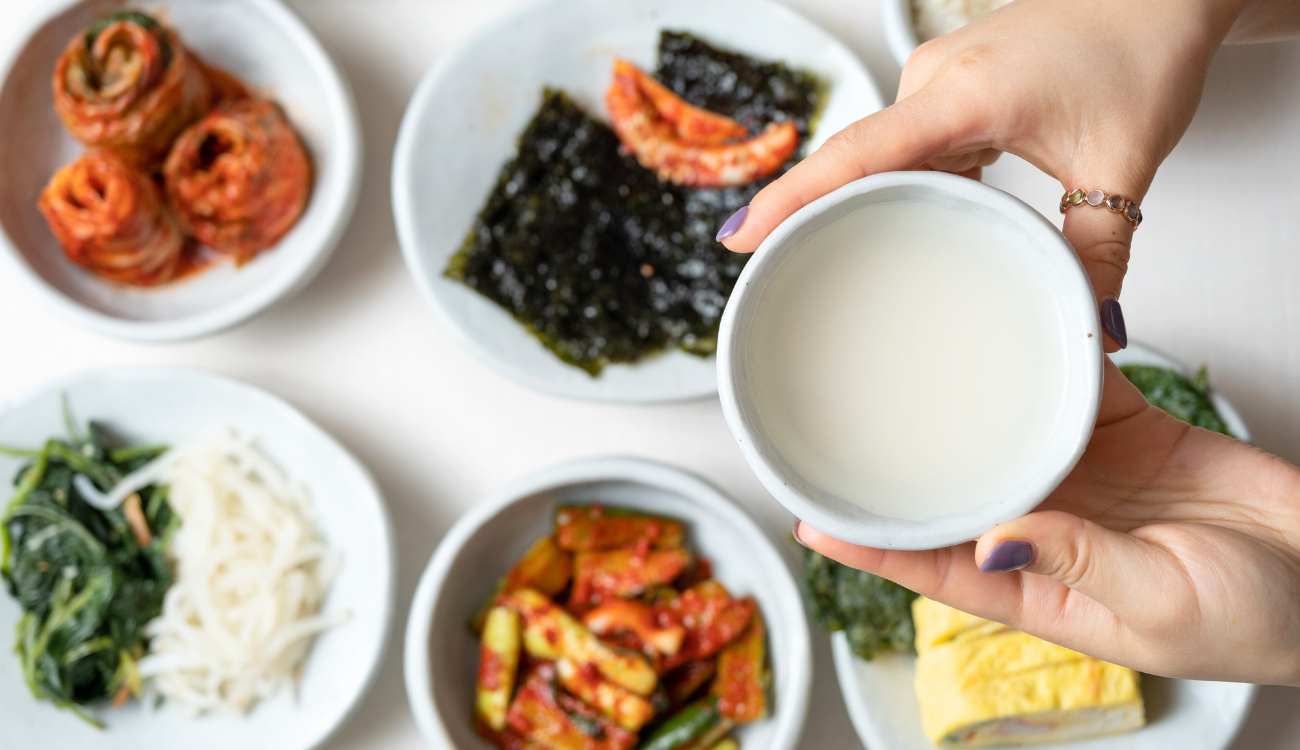
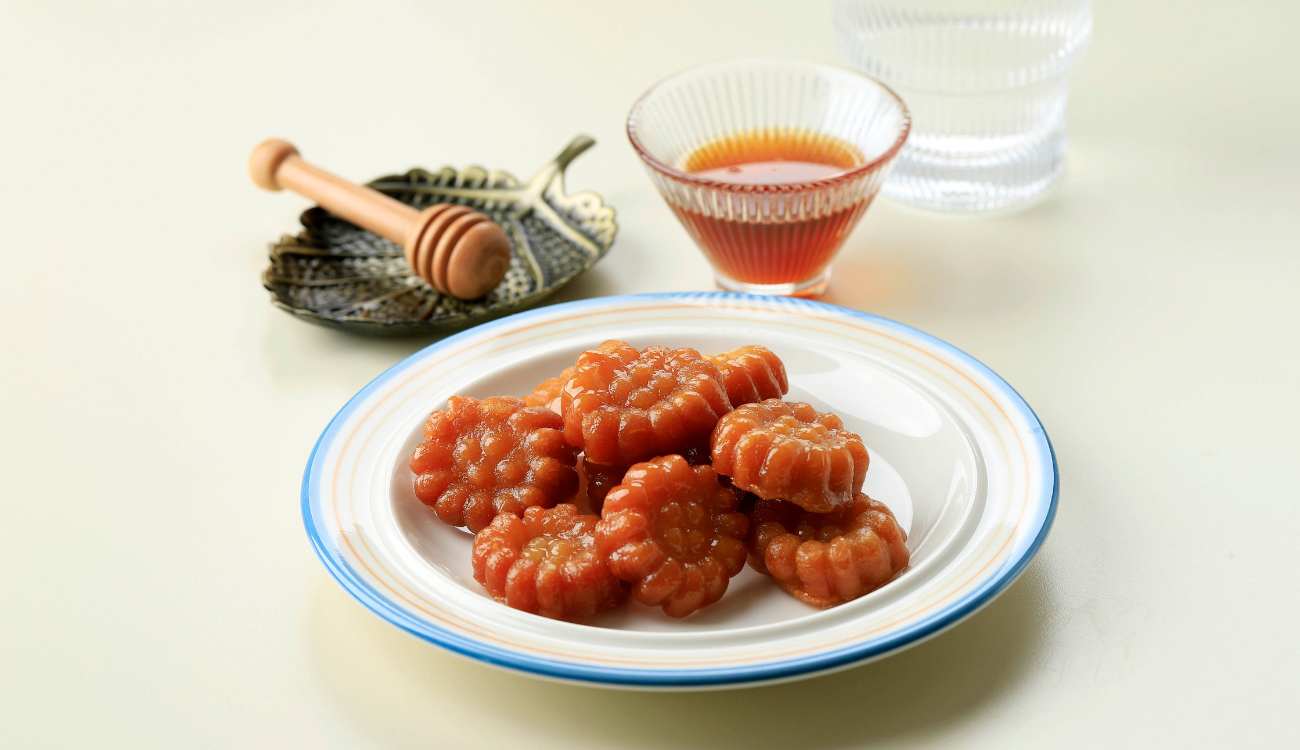

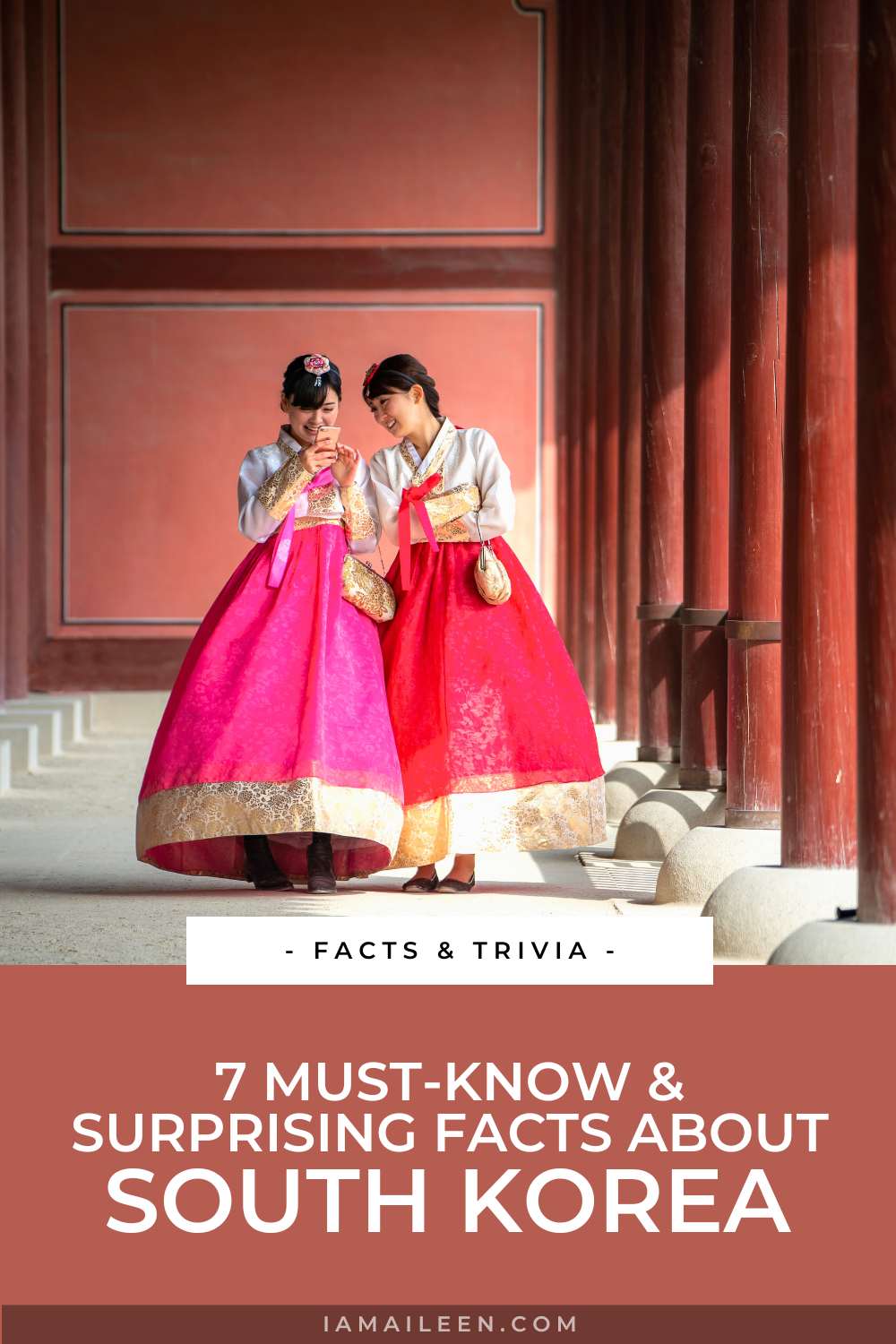


0 Comments